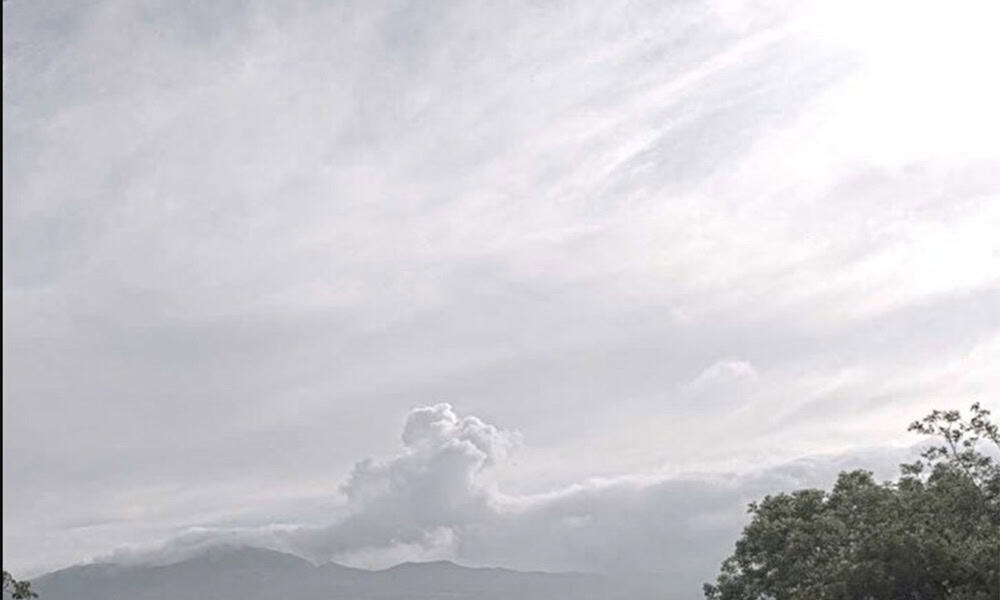Yesterday, the Rincón de la Vieja volcano in northwestern Costa Rica erupted, sending a column of ash 2,000 meters above its crater. The eruption, reported by the Observatorio Vulcanológico y Sismológico de Costa Rica (Ovsicori) at 7:13 a.m. No immediate damage or injuries were reported, and local communities remain unaffected so far. Authorities are keeping a close watch, as the volcano has a history of frequent activity.
Rincón de la Vieja is about 270 kilometers from San José and sits within the national park known for its hiking trails and geothermal features like hot springs. The volcano, standing at 1,896 meters, has been active in recent years, with notable eruptions in 2023 that produced ash clouds up to 3,000 meters high. This latest event, described as phreatic—caused by the interaction of hot magma and water—fits the volcano’s pattern of releasing steam and ash without major explosions. Ovsicori noted that while the eruption was significant, it doesn’t signal an immediate risk of a larger event.
Costa Rica’s National Emergency Commission (CNE) has not yet raised the alert level from its current status, but monitoring continues. In 2023, the volcano’s frequent activity led to an orange alert, one step below the maximum red level, after 58 eruptions were recorded in a single month. For now, officials advise tourists and locals to stay updated through local news and avoid restricted areas near the crater.
The eruption comes amid heightened volcanic activity in Costa Rica, with Poás Volcano also making headlines in April for ash plumes reaching 4,500 meters. For those planning to visit Guanacaste’s any time this week or even later, checking for park closures or safety advisories is a smart move.







